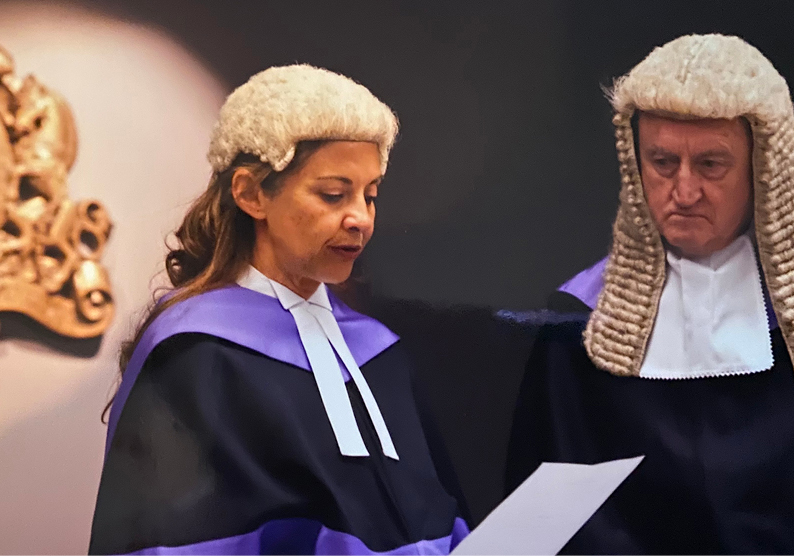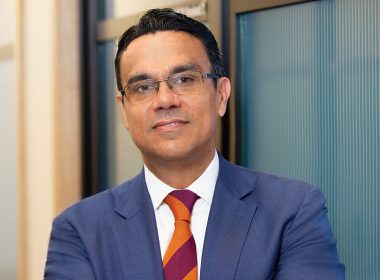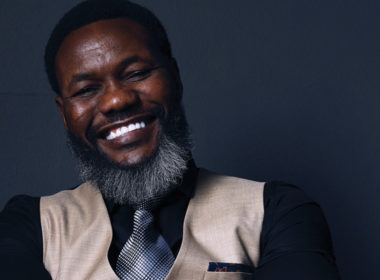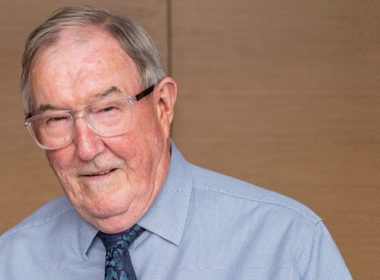Although lockdowns and a busy judge’s schedule prevent an in-person lunch this month, NSW District Court Judge Dina Yehia SC lends some time to LSJ to discuss imperatives for diversity on the bench.
From appearing for thousands of Aboriginal people in country towns across NSW, to highlighting the failures in our criminal justice system in relation to Indigenous Australians in her years as a solicitor and barrister, NSW District Court Judge Dina Yehia SC has been a formidable crusader for equity and social justice throughout her 30 years in law.
Appointed to the District Court of NSW in 2014, her Honour has appeared in a range of high-profile cases from the Australian terrorism trials R v Baladjam and R v Elomar in 2009, to appearing as lead counsel in the High Court in R v Bugmy in 2013.
Now considered a landmark in Australian legal history, the latter held that the effect of profound childhood deprivation should be given full consideration in sentencing. Phillip Boulten SC, speaking at her swearing-in to the District Court, said: “R v Bugmy was the case which some say your Honour was destined to argue. The gallery was packed; people lined up to shake your hand. Your advocacy has been described as electrifying.”
Now, as Chair of Diverse Women in Law, a rapidly growing professional legal network providing mentoring and support for culturally diverse women in the law, Judge Yehia is promoting another cause close to her heart – expanding cultural diversity in the legal profession.
“There is a lot of good work being done by organisations in terms of championing and promoting women in the law, but I think DWL is the first organisation I am aware of that has focused on intersectionality – so not just women, but diverse women and not just diverse women, but also women from diverse socioeconomic backgrounds,” the Arab-Australian Judge tells LSJ.

In a wide-ranging interview with LSJ over Zoom, her Honour canvasses a range of issues from migrating to Australia as a child from Egypt and the challenges of navigating a new culture and language, to the need for new, alternate mentoring networks such as Diverse Women in Law to support culturally diverse female lawyers.
A landmark diversity survey in 2019, conducted by 11 firms making up the Managing Partners’ Diversity Forum and designed by the Australian Human Rights Commission and the Asian Australian Lawyers Association, confirmed a “bamboo ceiling” exists at Australia’s leading law firms. The poll of almost 5000 staff found that 25 per cent of law graduates and 20 per cent of non-partner lawyers have an Asian background, but only 8 per cent of the partnership is Asian.
Australia’s Race Discrimination Commissioner Chin Tan said in his William Lee address the same year that while Asian Australians account for 9.6 per cent of the Australian population, only 0.8 per cent of the judiciary is of Asian descent. The last figure is of particular interest to Judge Yehia.
As an Arab-Australian woman, and one of the few culturally diverse judges on the bench – other notable figures include Federal Court judges Justice Darryl Rangiah, born in South Africa, and Israel-born Justice Mordy Bromberg – she arrived in Australia from Egypt age eight in 1970 speaking no English. Her father was in the senior ranks of the military in Egypt, and was at one point held in secret detention in Egypt during a period of political upheaval.
“I acknowledge that quotas are not popular in some sectors … we must also acknowledge that it is important to redress the imbalance in a meaningful way.”
“Öur migration to Australia meant that we left behind a very large extended family on my father’s side. They remained in Egypt and have never visited Australia,” she says.
Soon after arrival, the family settled in Five Dock in Sydney’s inner west, and Judge Yehia was enrolled at Domremy College, a Catholic school, which she attended until the end of Year 10.
“My parents were advised that the best education would be received in a Catholic school. They both considered education more important than anything else, and they were determined to ensure that their children were enrolled in schools that provided the best education.”
A passion for advocacy, particularly on behalf of the marginalised, was seeded in her early teens.
“I don’t really know where it came from but I do know that it came in a very big way at a very young age. I may have been influenced by stories I heard coming from Egypt to Australia, about what had happened to my father, when he was arbitrarily detained in Egypt. But if those stories influenced me, it was unconscious. All I know is that from age 13, I knew what I wanted to do, and there was no deviating from it going forward.”
Her Honour completed Year 11 and Year 12 at Burwood Girls’ High School before going on to graduate from UNSW in 1989. While studying at the College of Law, her Honour made a call to the principal solicitor at the Western Aboriginal Legal Service, Eric Wilson, from a public payphone, and asked for a job. She got it.
Based in Dubbo and representing Indigenous people across Bourke, Broken Hill, Wilcannia and Brewarrina, her Honour would take instructions in hotel rooms, and catch midnight buses to neighbouring towns for court appearances featuring up to fifty people in a list.
“Ït was hard, high volume, very difficult issues day in and day out, clients who came from very, very marginalised backgrounds.”
Yet, her Honour describes her seven years there as perhaps her most richly rewarding as a lawyer, seeding lifelong friendships with Indigenous community members, and stoking a career-long interest in social justice, equity and the long shadow cast by social and economic exclusion and disadvantage.
“My mentors were all from Western NSW and my closest relationships were forged out there,” she says. “I learnt a lot from the Aboriginal people I met, including resilience, bravery and generosity of spirit.”
Her Honour took silk in 2009 before her appointment to the District Court of NSW in 2014.
As a young barrister, her Honour recalls feeling acutely out of place on two occasions while taking morning tea in judges’ chambers listening to casual chat about “backgrounds, schools they had attended, sporting clubs they had been members of … it left a mark on me because I had no idea, [and] felt I didn’t belong in this profession”.
Now, as one of the few culturally diverse members of the judiciary, she is in a unique position to comment on the under-representation of diverse women in the senior ranks of the profession.
“Ï think the judiciary has to reflect the wider population. There is still work to be done. There are more women than there used to be, particularly in the Local Court and District Court, but very few from diverse backgrounds,” she says.
“The system has to reflect, at least to some extent, the reality [of a multicultural population] by having practitioners and judges from diverse backgrounds.”
So how can reform be effected? Opinion is divided: those who claim no action is needed and that merit should be the sole measure are met by a countervailing view that this ignores the informal networks of power and privilege that operate in the law and other professions. Her Honour believes a comprehensive discussion covering all options including targets, quotas and recruiting practices is necessary.
“While I acknowledge that quotas are not popular in some sectors because of the risk that they promote tokenism, we must also acknowledge that it is important to redress the imbalance in a meaningful way … We must ensure that when two applicants apply for a senior position, the diverse woman doesn’t miss out because of unconscious bias or stereotyping,” she says.
“It’s a very slow process but I think that as more women from diverse backgrounds enter and remain in the profession, [greater diversity on the bench] is only a matter of time.”




